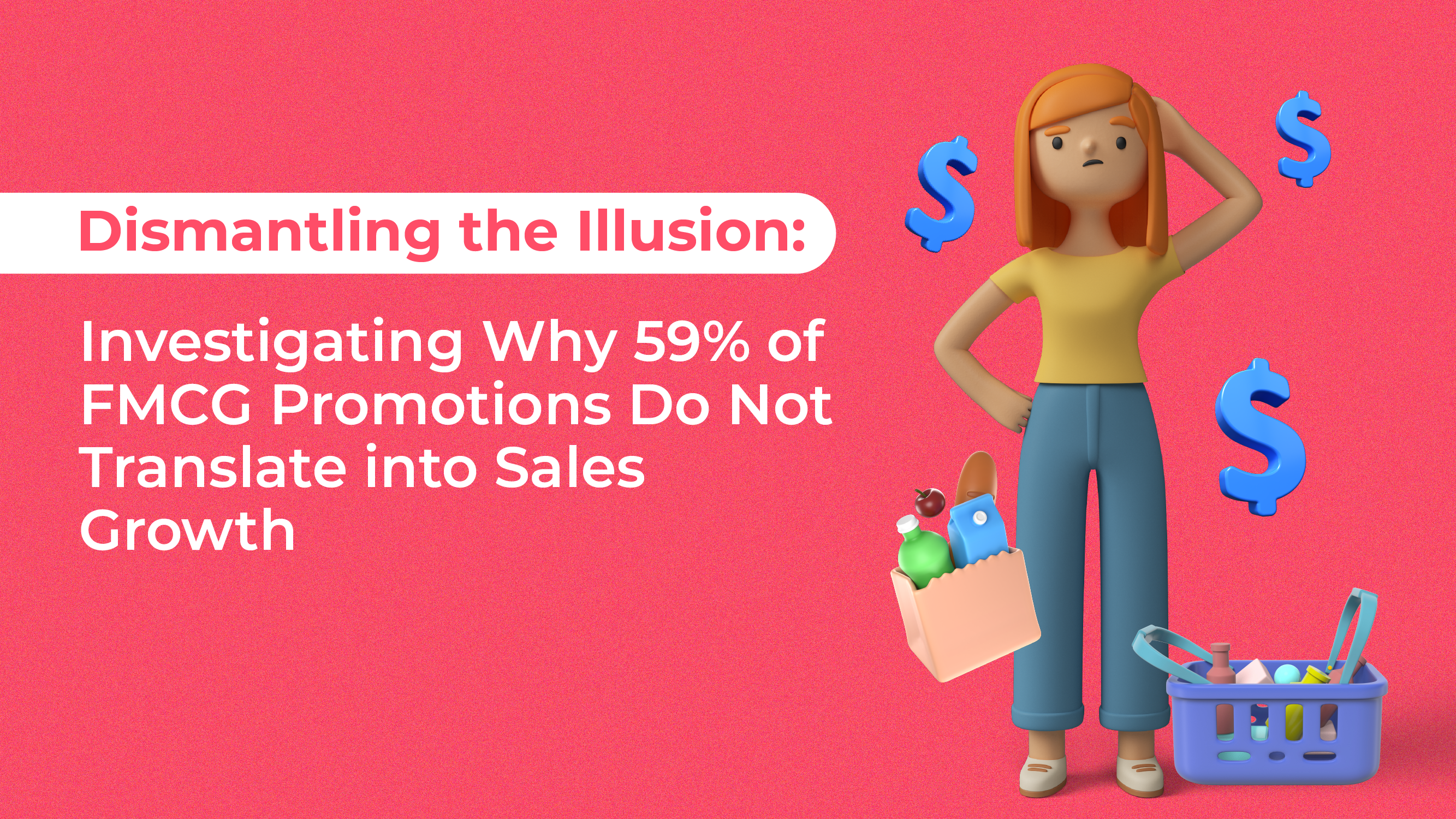The Japanese culture has always been held with high regard, be it their etiquette, business or technology advancements.
Japanese retailers have been at the top of their game for years now. Driving store visits seem to hardly be an issue for them, while the rest of us here are wondering what their big secret is!
In Malaysia, Japanese retail stores typically fall on two extremes. The former would be your sleek, minimalistic and uniformly designed retail stores. Think Muji, Uniqlo, SuperDry, and Koncent.
The latter will be your diverse fashioned retail stores with out of the box concepts, such as Isetan, Family Mart, Shojikiya, and Daiso to name a few.
So what sets Japanese retail stores apart from other retail stores? How are they able to ‘effortlessly’ drive store visits?
Here are 3 ways Japanese retailers drive store visits in Malaysia:
1. Unique Business Culture and Values
The Japanese culture is popularly known for their cleanliness and tidiness, punctuality and timeliness as well as their respectful mannerism. These traits also reflect upon their unique and value-laden business culture.
The famous Kaizen, a Japanese business philosophy, is largely responsible for their efficiency and continuous improvements in work practices.
Kaizen basically focuses on the 5 S’s: sort, set in order, shine, standardize and sustain. For sort, unwanted items are separated from the needed and are eliminated.
Set in order is self-explanatory. It is about keeping items in order for easy and fast retrieval. While shine basically means keeping stores spick and span.
Standardize is about establishing a standardized system for maintaining consistency in the way tasks and procedures are done. Lastly, sustain refers to cultivating the habit of maintaining established processes.
[restrict]
The Kaizen model has become a form of lifestyle for Japanese retailers. When your business operations are guided by an efficient system, it increases productivity and performance.
This is without a doubt true. As it shows in the appearance of Japanese stores, the purchase and overall customer experience. The workflow of Japanese stores is fast and smooth even in times of conflict.
Especially in the event of customer complaints, the spontaneity of issues are well addressed and solutions work in tandem with organised systems.
Some of the best examples of international companies using kaizen include Toyota, Ford Motor Company, Nestle and Lockheed Martin.
Local favorite Uniqlo is also a successful practitioner of the Kaizen philosophy.
Therefore, having an efficient store operation model is an important strategy employed by Japanese retailers to drive store visits.
2. Distinct Store Organization
Most obvious of unique factors would be the store layout and organization of Japanese retail stores.
Take a look at some of our Japanese household names, leading the concept of minimalism in Malaysia. Muji, Uniqlo, SuperDry, and Koncent have all mastered the art of drawing store visits using the simplicity of minimalism.
People often assume minimalism as the absence of design. On the contrary, it is actually a very focused type of design. It is focused on conveying the brand’s message in a clear and concise manner.
So how do minimalistic stores drive store visits?
The lack of heavy graphical elements in stores as well as product packaging, eliminate the element of distraction from customers.
Minimalism conveys a targeted brand message in a very clear manner, that customers instantly understand the message.
The concept also enables customers to very easily identify the item they want and to make a rapid purchase. This greatly shortens the customer journey as it speeds up the decision making process.
Unlike graphic-centric stores that often draw attention to the design, minimalistic stores bring the attention of customers toward the product itself.
As a customer, you are less likely to get distracted midway through purchase. A clear, direct, fast and easy purchase experience leaves a positive impact on the customer. Hence, driving store visits.
However, this does not mean that the more haphazard fashioned Japanese retail stores, fall short in driving store visits.
Stores that extensively use colours, play with lighting, and employ unique artistic design, tend to drive store visits more often than not.
Creatively utilising your store space, will grab the attention of passersby and provoke their curiosity.
Having an interesting display also has the potential of getting customers to buy products, especially because of its aesthetic value. Customers are also more likely to make additional purchases if they are attracted by the beauty of a product.
Stores like Shojikiya, Isetan, and Don Don Donki, with their seemingly haphazard display, also create this atmosphere of having ‘everything’ a customer wants. This is more likely to drive store visits because it shows a rich product range, which encourages customers to explore.
Furthermore, colours and lighting can influence the mood of customers. Ceiling lights with a dinner party glow give customers a more relaxed feeling.
Warm colours such as red, yellow and orange appeal to customers who make impulse purchases, as they tend to respond to perceived urgency.
However cool colours such as light blue, navy, and pink are more likely to appeal to conscious buyers who are usually calm and prefer to make decisions that are well thought out.
Investing in store aesthetics for your store is the first step to driving store visits. This is because most people are first attracted by what they see.
3. High-Quality Customer Service
A rather notable factor would be their perhaps, second-to-none quality of customer service.
The hospitality and respect offered by the sales assistants of not just Japanese retail stores, but also, restaurants and such, are nothing less than outstanding!
Most retail stores in Malaysia, unfortunately perform poorly when it comes to customer service and building rapport with customers.
Customers are often left alone when they are looking for a product and often have to search for a sales assistant to get help. Moreover, sales assistants of most local retail stores find it difficult to naturally smile and converse with customers in a friendly manner.
Conversely, sales assistance of Japanese retail stores seems to have a natural flair for getting customers to feel respected, appreciated and comfortable.
Customers are not only made to feel like special guests only if they are going to make a purchase. Even customers who end up not buying anything or window-shoppers are also given the same treatment.
Why is it important to take care of window-shoppers?
Customers often prefer to purchase from stores that make them feel welcomed and deserved. This type of hospitality and salesmanship will make the customer feel like making a purchase even for the sake of showing appreciation.
Window-shoppers who are treated well will feel that “the store is worthy of my purchase”. Therefore, are more likely to make a purchase from that store on their next visit.
Quality customer service do not only drive store visits, but also promotes return customers. This fosters brand loyalty in the long run. Click here, for tips on how to build brand loyalty in Malaysia.
Another little-known fact would be, the potential for the simple act of saying thank you to drive store visits.
The phrase thank you has the power to bring repeat customers, generate loyalty, promote word-of-mouth publicity and goodwill.
Actionable Takeaway:
Establish a strong philosophy for your business operation and culture. Ensure that it is the guiding compass for you and your team.
Invest in store aesthetics and keep changing the look of your store to keep up with trends.
Visit and draw inspiration from local Japanese retail stores. Lastly, train your sales assistants to provide quality customer service.
[/restrict]












